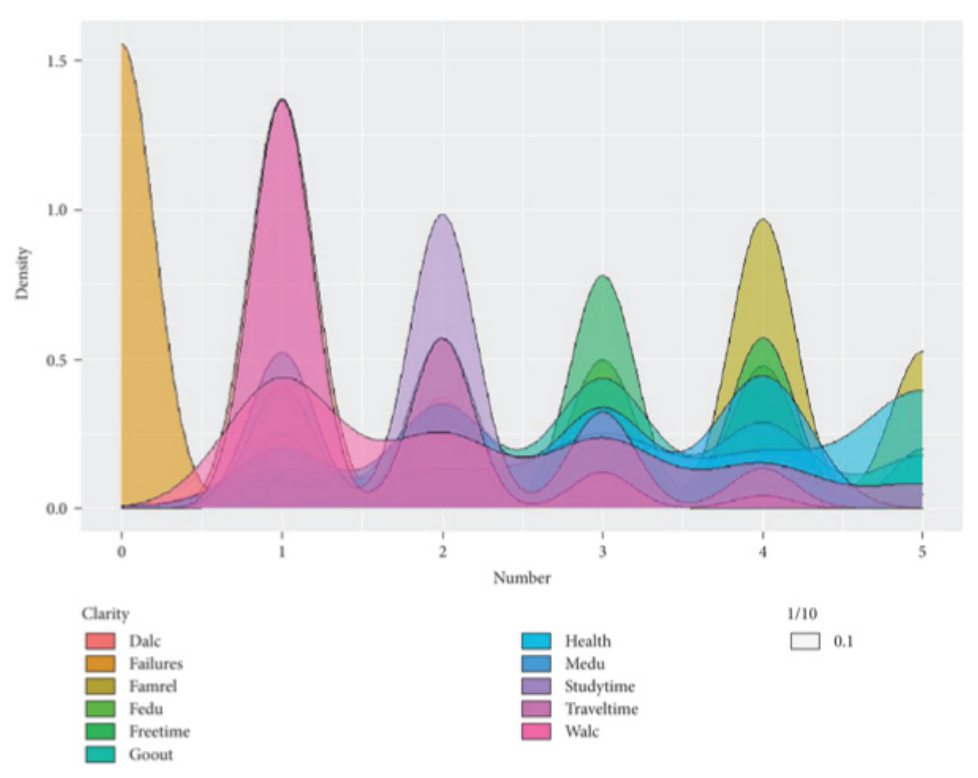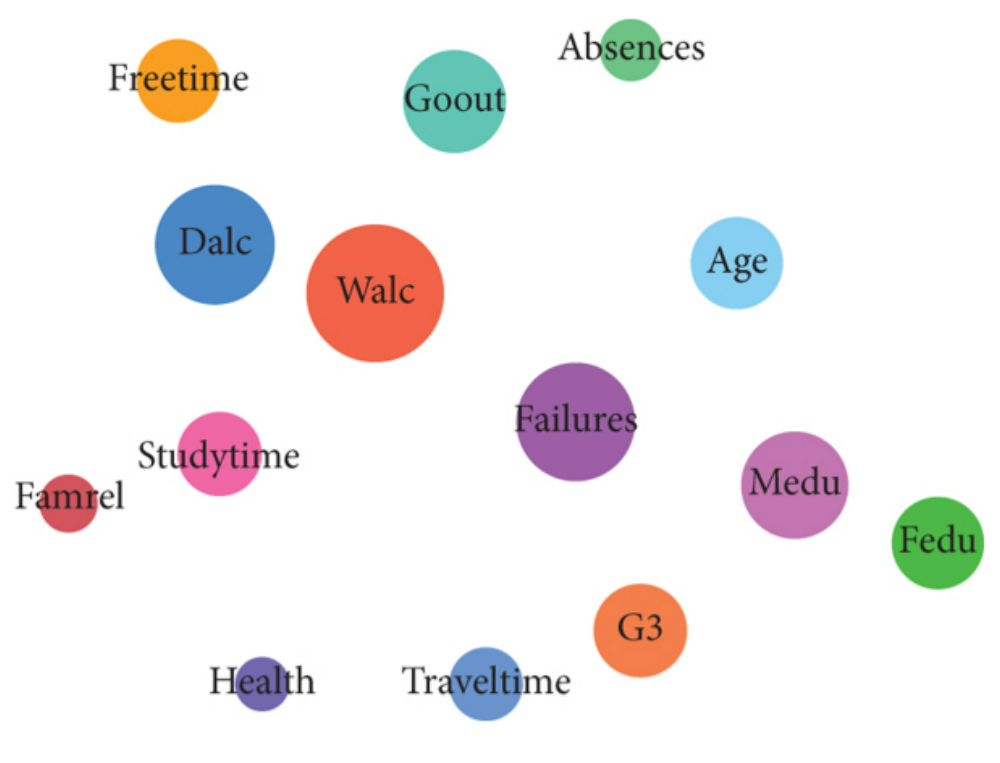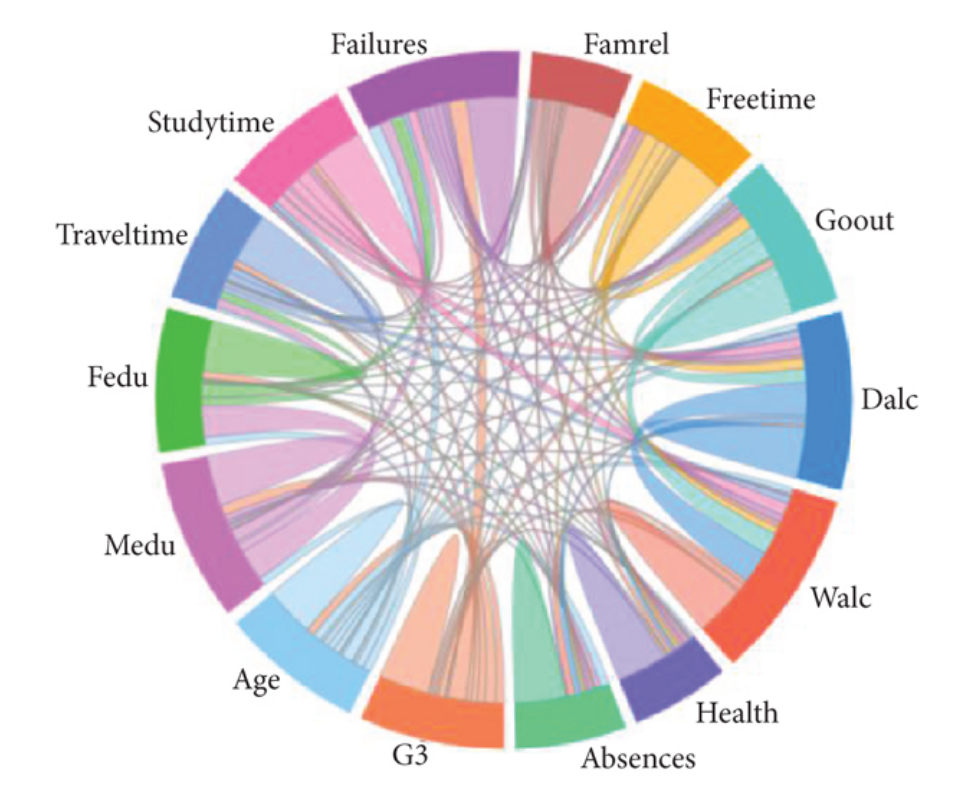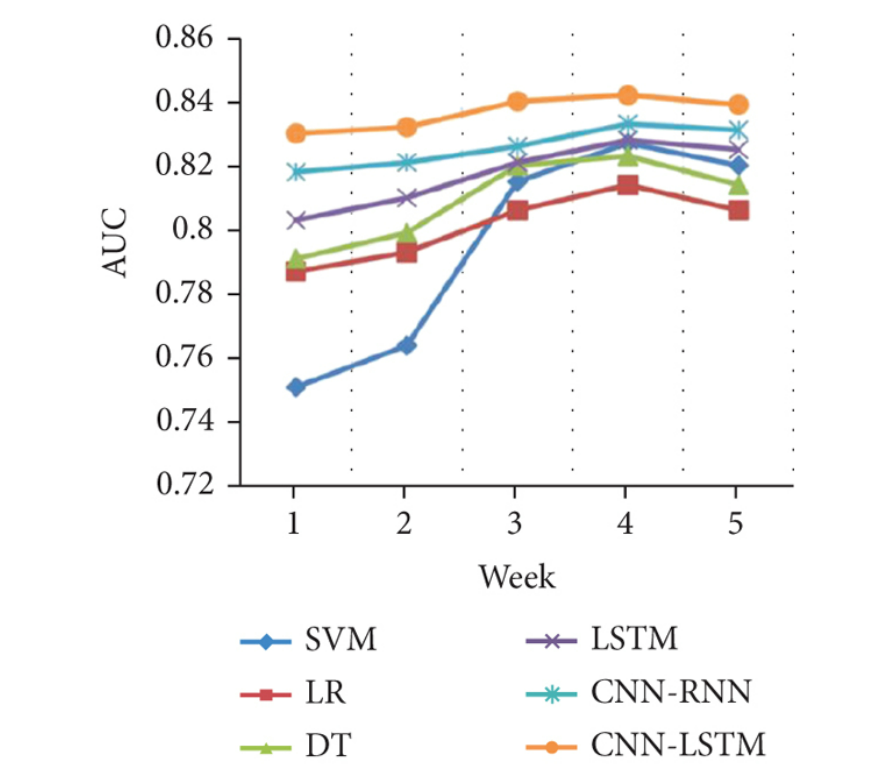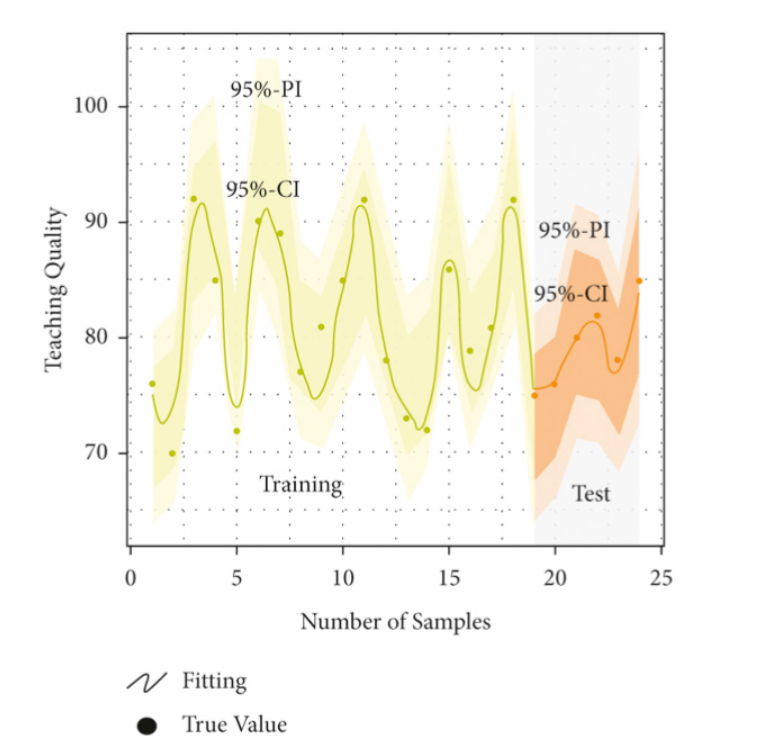 An open access journal
An open access journal
Effect of Text-to-Speech Tools on the Reading Comprehension of Students with Dyslexia
Abstract
Dyslexia is a neurodevelopmental disease, and there is no way to overcome it. The application of auxiliary technology in teaching can reduce the influence of dyslexia on students, such as the wide application of the use of text-to-speech (TTS) technology, which can help students better understand written materials to a certain extent. However, as an auxiliary tool, its application may also bring some negative effects, such as students' distraction. Therefore, the effectiveness of text-to-speech tools application still needs to be further explored. In this study, through the exploration of common tools, theories and development principles of text-to-speech technology, the relevant studies were reviewed to explore whether text-to-speech tools can improve the reading comprehension of students with dyslexia. The results found that text-to-speech technology may help students' reading comprehension, but more research is needed to further explore the extent to which reading comprehension can be achieved.
Share and Cite
Article Metrics
References
- World Health Organization .International Classification of Diseases for Mortality and Morbidity Statistics 11th Revision [M].Geneva: World Health Organization, 2022.
- Snow, C.E.Reading for understanding: Toward a research and development program in reading comprehension [J].Arlington, VA: RAND , 2002.
- Fletcher, J.M.Dyslexia: The evolution of a scientific concept [J].Journal of the International Neuropsychological Society, 2009,15, 501–508.
- Emily C.Bouck, Holly Long.Assistive Technology for Students With Disabilities: An Updated Snapshot[J].Journal of Special Education Technology, 2021, Vol.36(4) 249–257.
- Stetter, M.E., & Hughes, M.T.Computer-assisted instruction to enhance the reading comprehension of struggling readers: A review of the literature [J]. Journal of Special Education Technology, 2010, 25(4), 1–16.
- Li Huan, Lin Jiaying. Integrating general learning design concept: research and practice of learning disability APP [J]. Research on Modern Distance Education, 2020,32 (01): 102-112.
- Meyer, N.K., & Bouck, E.C.The impact of text-to-speech on expository reading for adolescents with LD [J].Journal of Special Education Technology, 2014, 29, 21-33.
- Lewis, R.B.Assistive technology and learning disabilities: Today’s realities and tomorrow’s promises [J]. Journal of Learning Disabilities , 1998, 31 (1): 16-26.
- Montali, I., and L.Lewandowski.Bimodal reading: Benefits of a talking computer for average and less skilled readers [J].J ournal of Learning Disabilities , 1996. 29 (3): 271-79.
- Keelor, J., Creaghead , N., & Silbert N.et al.Language, Reading, and Executive Function Measures as Predictors of Comprehension Using Text-to-Speech[J].Reading and Writing Quarterly, 2018, 34(5):436-450.
- Schneps , M.H., Chen, C., & Pomplun, M.et al.Pushing the Speed of Assistive Technologies for Reading[J].Mind Brain and Education, 2019, 13(1):14-29.
- Wang Yan, Zhu Nan. Review of developmental dyslexia studies [J]. Modern Special Education, 2016, (24): 10-17.
- Liu Dianzhen, Ma Dongmei, Su Shuhua Comments on the research of learning disabilities in recent decade - Visual analysis based on VOSviewer [J]. Educational observation, 2022,11 (15): 18-21 + 34.
- Edyburn, D.L.Technology-enhanced reading performance: Defining a research agenda [J].Reading Research Quarterly, 2007, 42(1), 146–152.
- Hall, T.E., Meyer, A., & Rose, D.H.(2012).Universal Design for Learning in the Classroom: Practical Applications[M].New York: Guilford Press:7.
- Higgins, E.L., and M.H.Raskind.(2000) Speaking to read: The effects of continuous vs.discrete speech recognition systems on the reading and spelling of children with learning disabilities[J].Journal of Special Education Technology, 15 (1): 19-30.
- Lewandowski, L., Wood, W., & Miller, L.A.(2016).Technological Applications for Individuals with Learning Disabilities and ADHD[M]// Luiselli , J.K., & Fischer, A.J.(eds.).Computer-Assisted and Web-Based Innovations in Psychology, Special Education, and Health.Pittsburgh: Academic Press:77-78.
- Anderson -I n man L., Knox-Quinn C., and Homey M.A .Computer-based study strategies for students with learning disabilities: Individual differences associated with adoption level [J].Journal of Learning Disabilities , 1996, 29 (5): 461-84.
- Li, H.The effects of read-aloud accommodations for students with and without disabilities: A meta-analysis [J].Educational Measurement: Issues and Practice, 2014, 33, 3–16.
- Buzick, H.M., & Stone, E.A.A comment on Li: The same side of a different coin [J].Educational Measurement: Issues and Practice, 2014, 33(3), 34–35.
- J .K.Torgesen , and T.A.Barker.Computers as aids in the prevention and remediation of reading disabilities [J].Learning Disability Quarterly , 1995, 18 (2): 76-87.
- Edith Gotesman & Carol Goldfus .The Impact of Assistive Technologies on the Reading Outcomes of College Students with Disabilities[J].Disability and rehabilitation.Assistive technology, 2010, 16(2):1-14.
- Lundberg, I.The computer as a tool of remediation in the education of students with reading disabilities: A theory-based approach [J].Learning Disabilities Quarterly , 1995, 18 (2): 89-99.
- Li Qing, Wang Tao. Review on research and application of Special Education tools based on tablets [J]. Modern Educational Technology, 2012,22 (8): 98-103.
- Li Qinhua's design of dyslexia-assisted training APP based on service design theory [D]. Zhejiang Sci-Tech University, 2023.

